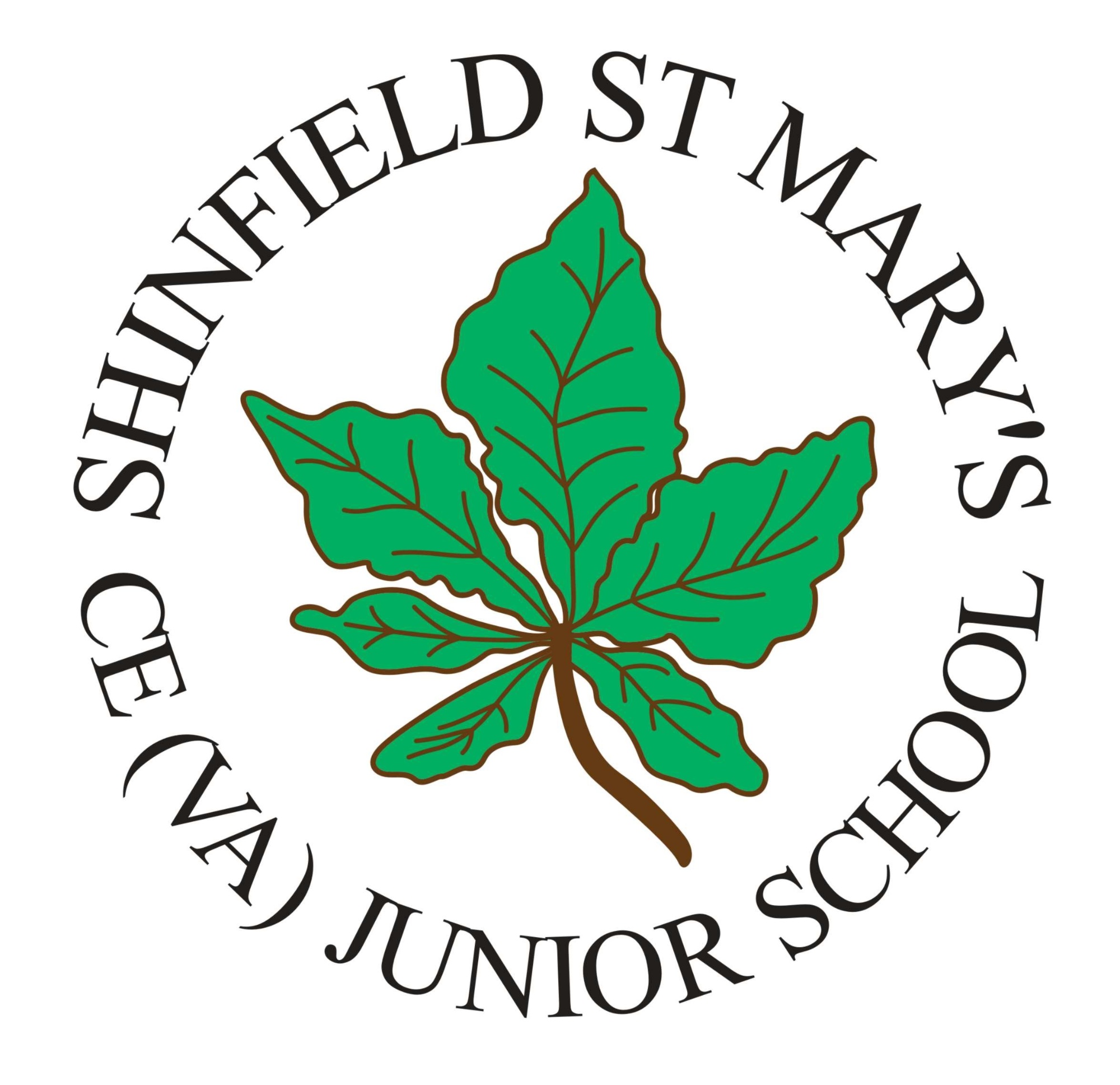2. Implementation
An essential part of our DT practise is that we believe the products children create must have an authentic purpose. All teaching should follow the design process so that children can develop reflective thinking in the design-make-evaluate cycle with each step of their projects.
The emphasis we place on the design process embeds the key skills of DT which develops creativity and problem solving. We want children to know how they can modify and amend designs, prototypes and ideas to be able to create something even better, learning from initial ‘mistakes’ as part of the design process. There is a real significance in children understanding that your first idea isn’t always your best and developing the important life skills of resilience through being self-reflective.
In our school we teach a unit of DT each term. Each year group has a different DT project which is linked to one of the following units:
- Food
- Woodwork
- Textile
- Mechanisms
- Structures
- Electrical systems
We use a combination of schemes of work and planning resources to support our teaching of DT and this very much up to the year groups so that they have scope to make cross-curricular links to other areas of learning in their year’s curriculum. Resources that we use includes Projects on a page, Nuffield: Primary Solutions in DT, Plan Bee, Twinkle and our own ideas to deliver the National Curriculum.
We see DT as an interconnected cross-curricular opportunity to make subject knowledge purposeful; from maths skills measuring, Oracy skills to pitch ideas confidently, …. to scientific knowledge of the role of forces in mechanisms and structures.
.




